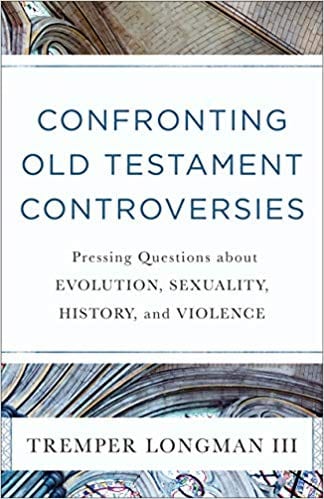Q. On p. 51 you rightly describe Yahweh as not gendered and not sexually active, unlike the description of various if not all other ANE deities. Yet somehow God ends up being called Father, though that specific language is actually rare in the OT and plentiful in the NT. Chris Seitz has suggested that the father language is linked to the creator language. He is father because he is the origin of all human beings, whereas in the NT God... Read more










